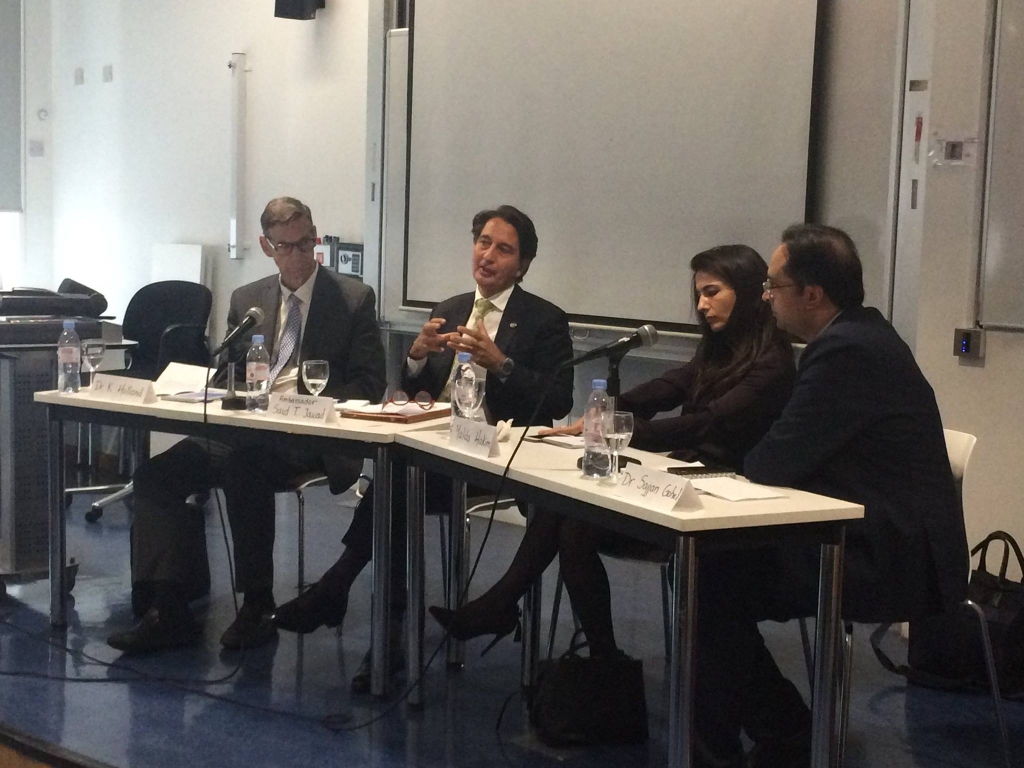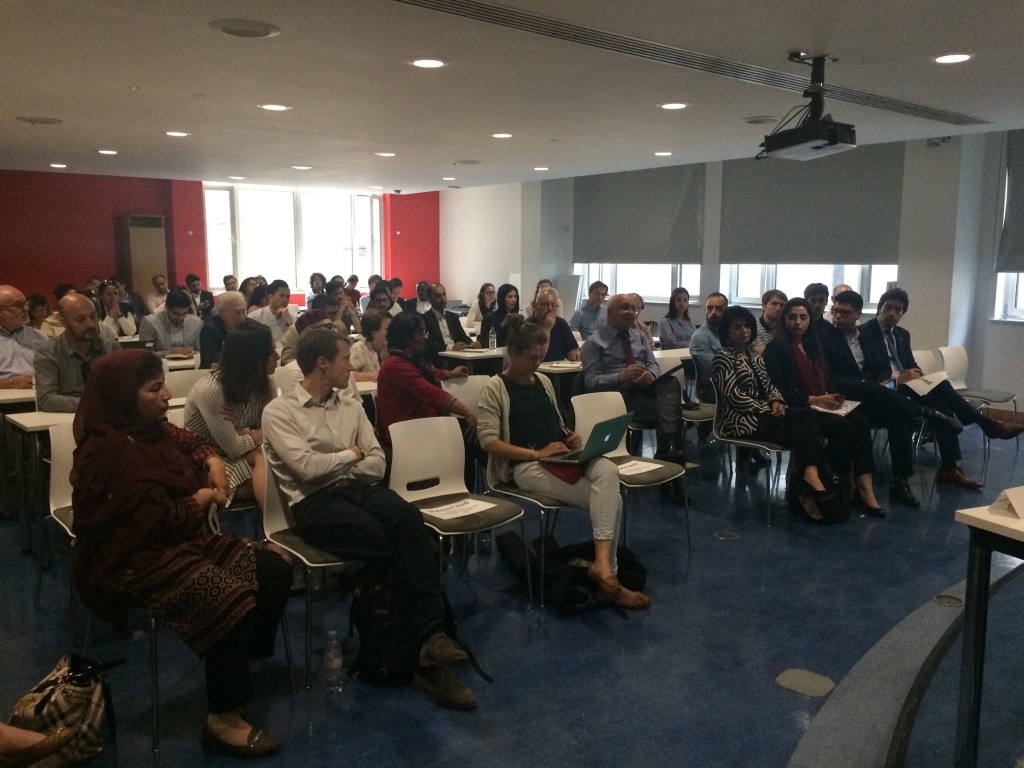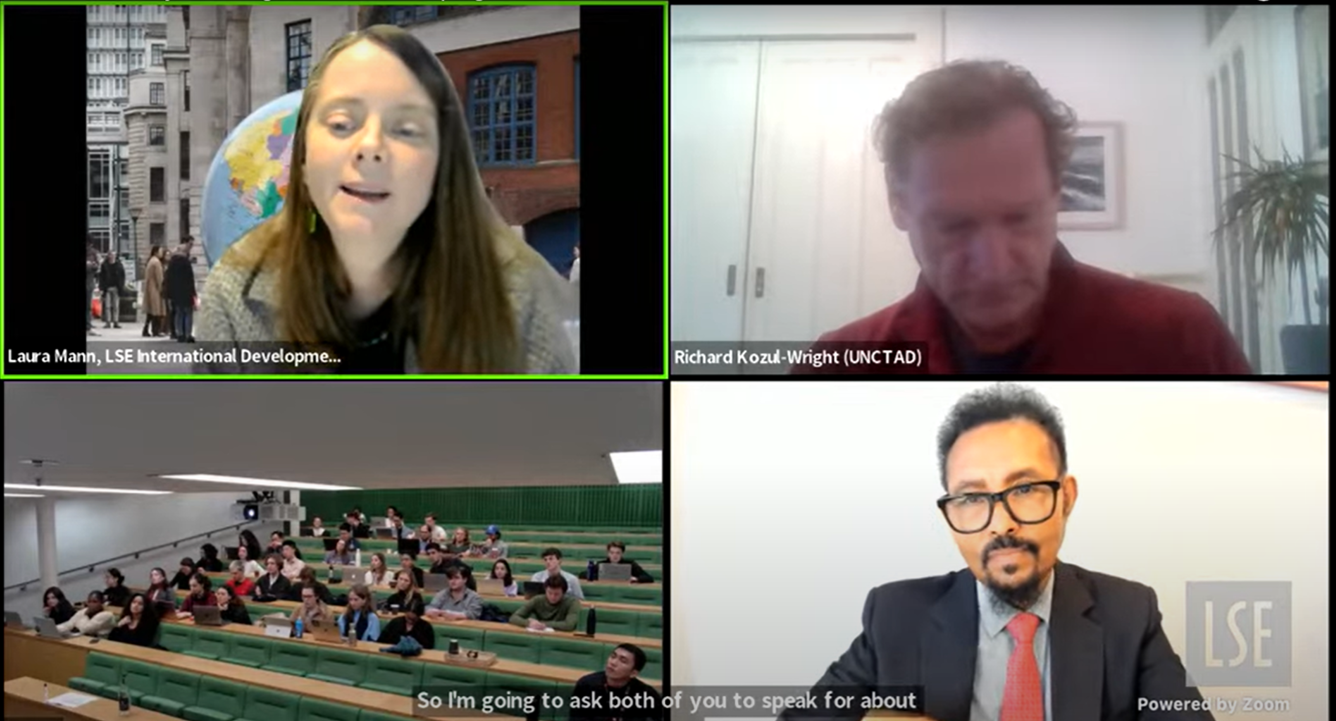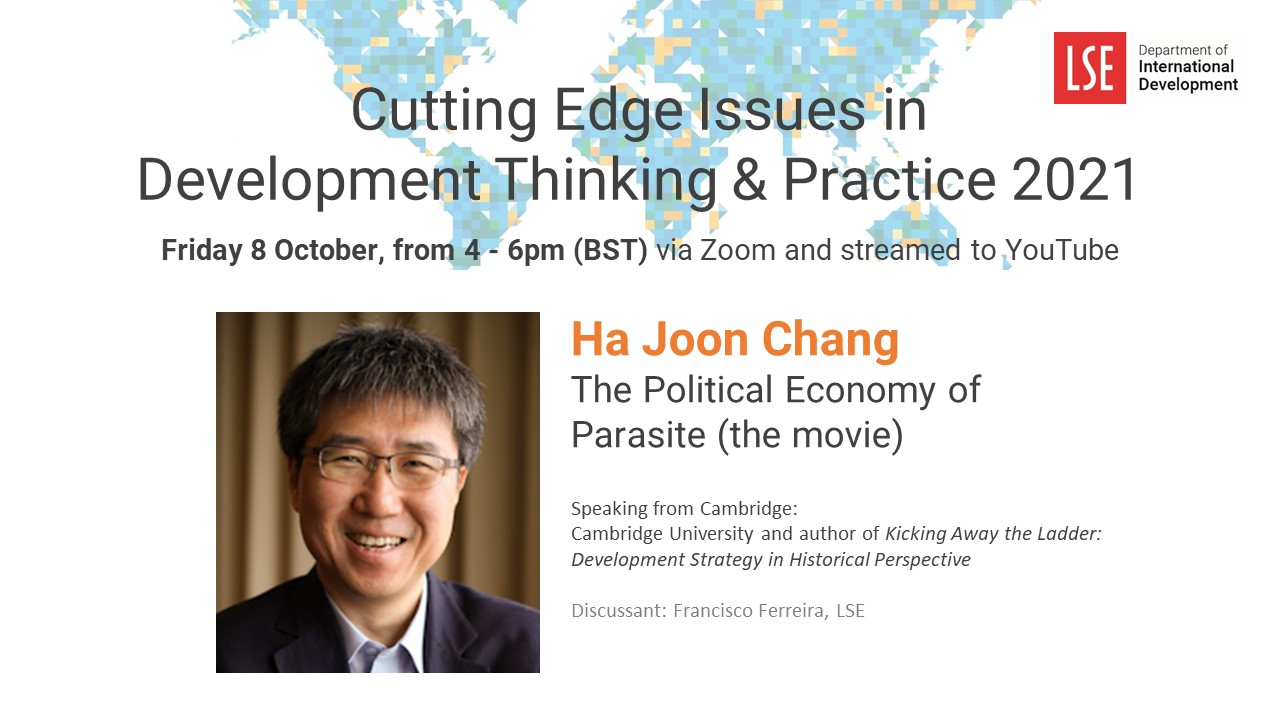Following a recent panel discussion hosted by LSE’s Department of International Development on The Role of Higher Education in Ensuring Afghanistan’s Prosperous Future (10/07/2017), co-chair to the event, Dr Sajjan Gohel, discusses how education can serve to build the human capital necessary to place the country on a secure and stable path, and the role of the international community in supporting Afghanistan at this critical juncture.

It was an honour to co-chair a panel discussion on the important issue of education in Afghanistan. The event, organised by the LSE’s Department of International Development, helped create the space for discussion about the future of Afghanistan’s development and provided a platform for interdisciplinary collaboration and knowledge exchange between the LSE and the AUAF. It was also uplifting to have so many young talented Afghans in the audience interested in facilitating the country’s progress.
Afghanistan’s education system has far too often shared and reflected the security upheavals of the country. However, despite this, the Afghan people’s belief in education as an enabling force remains indefatigable. Even in the face of the fragility in Afghanistan today, education provides the best opportunity to empower the youth and provide not just hope but capacity for a better tomorrow.
Primary and secondary education
It is clear that without a strong higher education system, Afghanistan cannot properly manage itself or develop the resources that it has. At the same time, attention also needs to be paid to primary and secondary education to ensure these students are equipped to take advantage of the opportunities that a university education can offer.
Educational development is one of Afghanistan’s principal success stories in the post-Taliban era. Although there is a need for better data on school attendance across the country it is clear that there has been a substantial rise in active student participation since the Taliban regime was overthrown in 2001 during Operation Enduring Freedom. This progress is due to a combination of support from the international community and focused provision from the Afghan government; education is the third biggest budget disbursement after security enhancement and critical national infrastructure.
However, there are issues that still require greater attention such as reports of so-called ‘ghost schools’ in southern Afghanistan where there are no students, and reports of the misappropriation of funds earmarked for education in some provinces. Many schools currently lack the required materials and textbooks to teach, and more training is needed to ensure that teachers possess the necessary qualifications to raise academic standards in primary and secondary schools.
For Afghan women, education is even more pivotal in challenging political, social and economic marginalisation. According to the World Bank, estimates of adult women’s literacy rates across Afghanistan vary from 17 per cent to 24 per cent. However these figures oscillate drastically and the disparities are more apparent amongst the southern provinces, where the Taliban still have a strong presence. UNESCO reports that women in Kabul have a literacy rate of 34.7 per cent, while women in Helmand, a culturally conservative province which is also experiencing greater insecurity due to the Taliban, has a literacy rate of just 1.6 per cent.
Higher education
Afghanistan’s progress on university education is another success story. Since 2001, the existing universities have grown and expanded their student population, while over 120 new private universities have been created. Nationally, university admissions have risen from a mere 7,900 students in 2001 to 300,000 students in 2017.
At the moment there is significant variation in quality. The American University of Afghanistan (AUAF), a private not-for-profit, non-partisan and co-educational university in Kabul supported jointly by American and Afghan funding, has set the bar high with US academic standards, an international faculty (some 60 per cent of the faculty come from outside Afghanistan, drawn from 15 countries) and a student body drawn from every province in the country.
AUAF was founded in 2006 with the daunting task to provide pioneering higher education that would develop the next generation of Afghanistan’s leaders and industry bosses. That said, the fruits of its labour are now visible, as its graduates have ended up in the civil service, management positions in national and international organisations, or pursuing further education abroad. The former Technology Director, Dr Hamdullah Mohib, is also now the Afghan ambassador to the United States. Although the fees are high by Afghan standards, 84 per cent of students receive financial assistance and scholarships.
However, not all universities are currently able to achieve the same standards. Dr Said Tayeb Jawad, Ambassador of Afghanistan to the UK, highlighted that there is a necessity to redress the mismatch between elements of university curricula, some of which were designed 50 years ago and don’t correlate with the demands of the current job market. In some subjects, for example agriculture, mining and manufacturing, a vocational element would be valuable. This is where public-private partnerships are essential. If businesses partnered with universities they could develop programmes that develop both knowledge and skills to produce highly employable graduates.
It would be unfair at this stage to draw comparisons between Afghan’s tertiary education with that of Europe or the United States. At the moment, universities in Afghanistan haven’t been evaluated by international or regional ranking bodies. However, as standards rise this is only a matter of time.

The security challenge
The security of educational institutions at all levels is a real concern in Afghanistan where the Taliban and its affiliates actively target education that strays from their own narrow doctrine, resorting to burning down schools, beheading teachers and targeting female students. Ensuring it is safe for teachers and students to turn up to schools or universities is an essential priority in Afghanistan.
Sadly, AUAF’s success has also attracted the undesirable attention of terrorist groups. Shortly after AUAF celebrated its landmark 10-year anniversary in August 2016, two professors, from the United States and Australia, were kidnapped outside the university gates. They were taken by the Taliban-affiliated Haqqani Network based in sanctuaries in Pakistan, according to the United States. They have been held hostage ever since, despite efforts to free them.
However, worse was still to come. On 24 August, 2016, the Taliban detonated a truck bomb outside the AUAF, tearing apart its wall and enabling the militants armed with grenades and automatic weapons to enter the campus. They started shooting into classrooms while hundreds of students were attending evening classes. The ordeal went on for nine hours until Afghan security forces were able to quell the attackers. Sixteen people were killed and dozens injured. One of those killed was Naqib Ahmad Khpulwak, a Fulbright scholar who returned to Afghanistan after a stint as a visiting fellow at Stanford University’s Law School, where AUAF has a partnership.
Following the attack, the university was forced to close. However, both Afghan President Ashraf Ghani and Chief Executive Officer Abdullah Abdullah emphasised the centrality of higher education to building Afghanistan’s future. During its closure, the AUAF worked on developing its online learning infrastructure, and made substantial enhancements in security. Although it is a sad reality that an educational institution requires high level protection against the pervading threat of terrorism, upgrading to embassy-level security enabled the university to reopen in March 2017. In April, AUAF welcomed over 730 new students (47 per cent of who are women), a higher intake than in the autumn of 2016 before the attack.
Conclusion
Arezo Kohistany is an Afghan-American whose family left Afghanistan when the Taliban militia came to power. She now works at the World Bank’s International Finance Corporation and recently completed an MSc in Finance at the LSE. She said to me, “higher education is Afghanistan’s best weapon against extremism. It gives us the tools to strike at the core of extremism, its ideology. The Taliban began by killing the educated and learned class of Afghan society because they consider them a bigger threat to their existence than their armed opponents”.
An educated Afghanistan is the only long term solution to build resilience against violent extremism as well as viable governing institutions. However, for this to work, the Afghan government and international community needs to continue providing support in order to institutionalise access to quality education for all Afghan girls and boys at all levels in both rural areas and urban centres. Alongside NGOs, universities across the world need to establish collaborative relationships with institutions in Afghanistan to build capacity and support research that can inform policy.
Kohistany, who has travelled back to Afghanistan and worked there in the past, added that “access to higher education in Afghanistan and abroad has enabled Afghans to acquire the knowledge to rebuild their war-torn country and work towards a stable nation.” The challenges are visible but so are opportunities. To directly quote Dr Holland, “Education will prevail!”
Dr Sajjan Gohel is International Security Director at the Asia-Pacific Foundation, Senior Advisor to the multilateral Partnership for Peace Consortium’s Combating Terrorism Working Group and a Guest Teacher in the International History Department at the LSE.
This article was first posted on the South Asia @ LSE blog.
The views expressed in this post are those of the author and in no way reflect those of the International Development LSE blog or the London School of Economics and Political Science.





